Bricks have been shaping our architecture, cities and lives for more than ten thousand years. Paralleling our evolution, we have seen the brick transform from a simple building block to a dynamic resource that can be used to create masterpieces of architectural whimsy, delight, protection and status.
With the oldest dating back to 8300BC, these colossal Jordan bricks, resembling a contemporary loaf of bread, were shaped from a mix of dirt, clay and water, then sun dried and joined with a similar mix.
A millennium later in 7300BC, Jericho (Turkey) Neolithic bricks were getting closer in dimensions to our contemporary bricks at 400 x 150 x 100. Made from Varve Clay, found on riverbeds and lakes, the material consisted of hydrated silicates of aluminium. (A typical contemporary brick is made of a mix of silica, Alumina, lime, iron oxide, magnesia, Sulphur trioxide and water.) The Jordan bricks are the oldest resembling our bricks, but there is great evidence that bricks were being developed throughout Europe, Northern Africa and China around the same period.
By 5900BC wooden forms were being used, and from 3000BC the Egyptians (who used a mixture of clay and straw for their early bricks) introduced moulds.
Around 5000BC firing was developed by the Mesopotamians, but the process was difficult.

Around 4400BC, red clay fully fired bricks were in sufficient production to build a round walled settlement in Chengtoushan, China. Built by the people of the Daxi Culture, the settlement lasted intact for two millennia, serving three separate cultures. Well done! The settlement remains are now preserved as an archaeological park.
By 2111BC bricks were shaping the world we live in with temples for gods, kings and nobility. Moreover, they were being used with increasing architectural and engineering savvy and, by 604BC, architecture of great significance — such as the Hanging Gardens — was realised.
From the medieval period, a constant cycle of improvements was made to presses and drying, though the drying process took a month, rather than the two-to-four days currently required. By the ninth century, standard sizing started to appear, though becoming less relevant as custom and large format bricks have emerged.
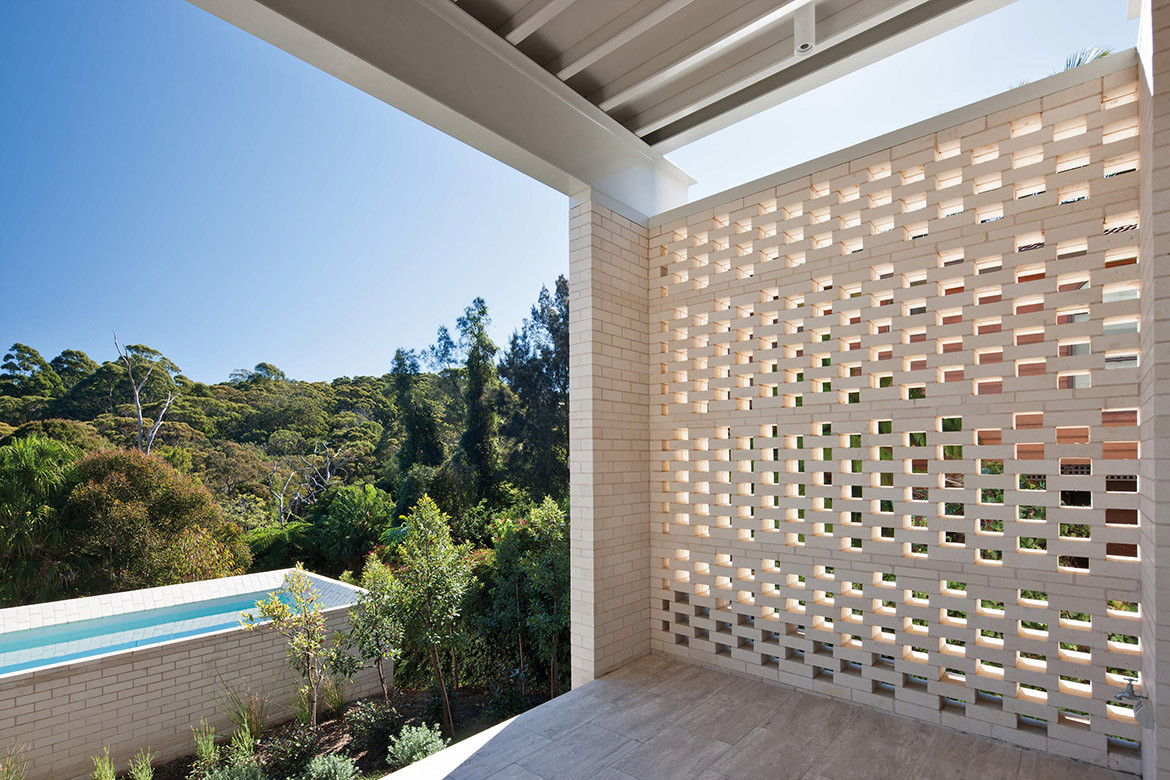
Australia’s first bricks came by ship, with riverbed bricks being formed by convicts soon after. In 1908, a group of investors, led by William Dawes, recognised a need for the industrialisation of brick manufacturing and formed the Austral Brick Company, now a brand of Brickworks. By 1914 it was sufficiently established as a major contributor to the brick industry to survive the coming depression.
More recently, under Lindsay Partridge, Brickworks and its brands of Austral Bricks, Bowral Bricks, Nubrik and Daniel Robertson, have been transformed into a national organisation with manufacturing operations in New South Wales, Victoria, Tasmania, South Australia, Western Australia and Queensland. Continually upgraded and modernised, the world’s best technology and environmental protection features enable the introduction of new and highly innovative products.
Brickworks
100 years of Bowral Bricks
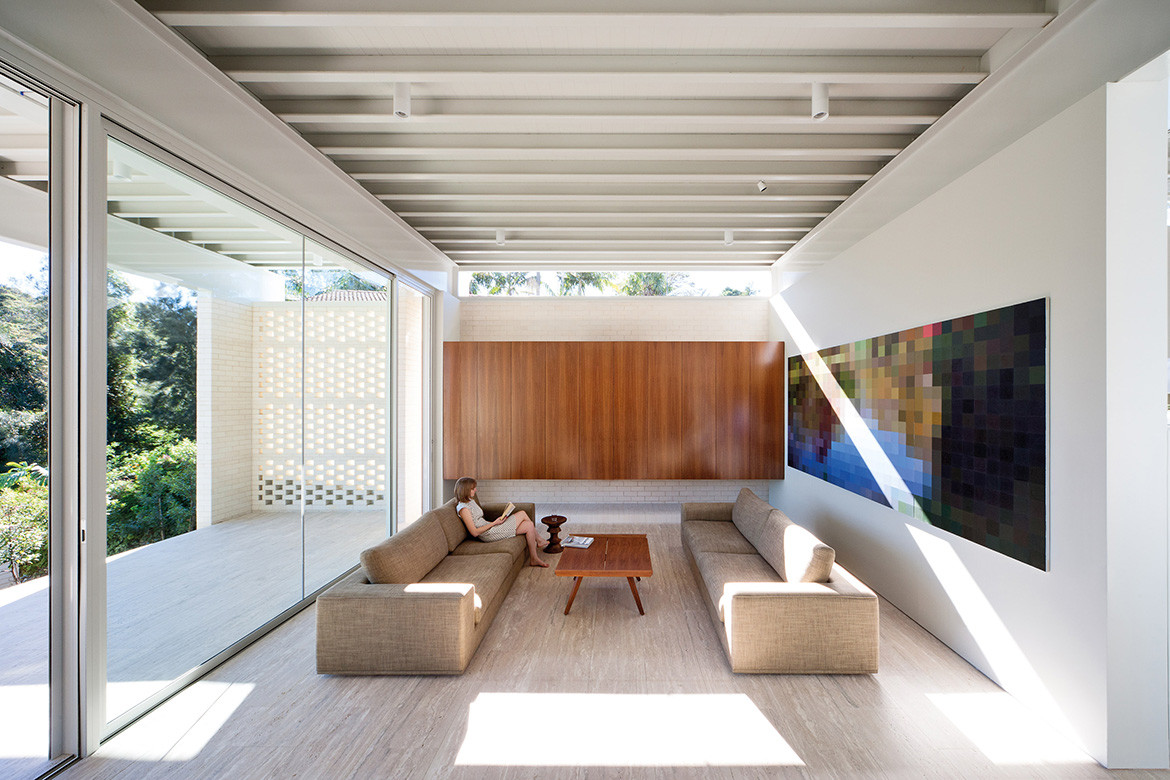
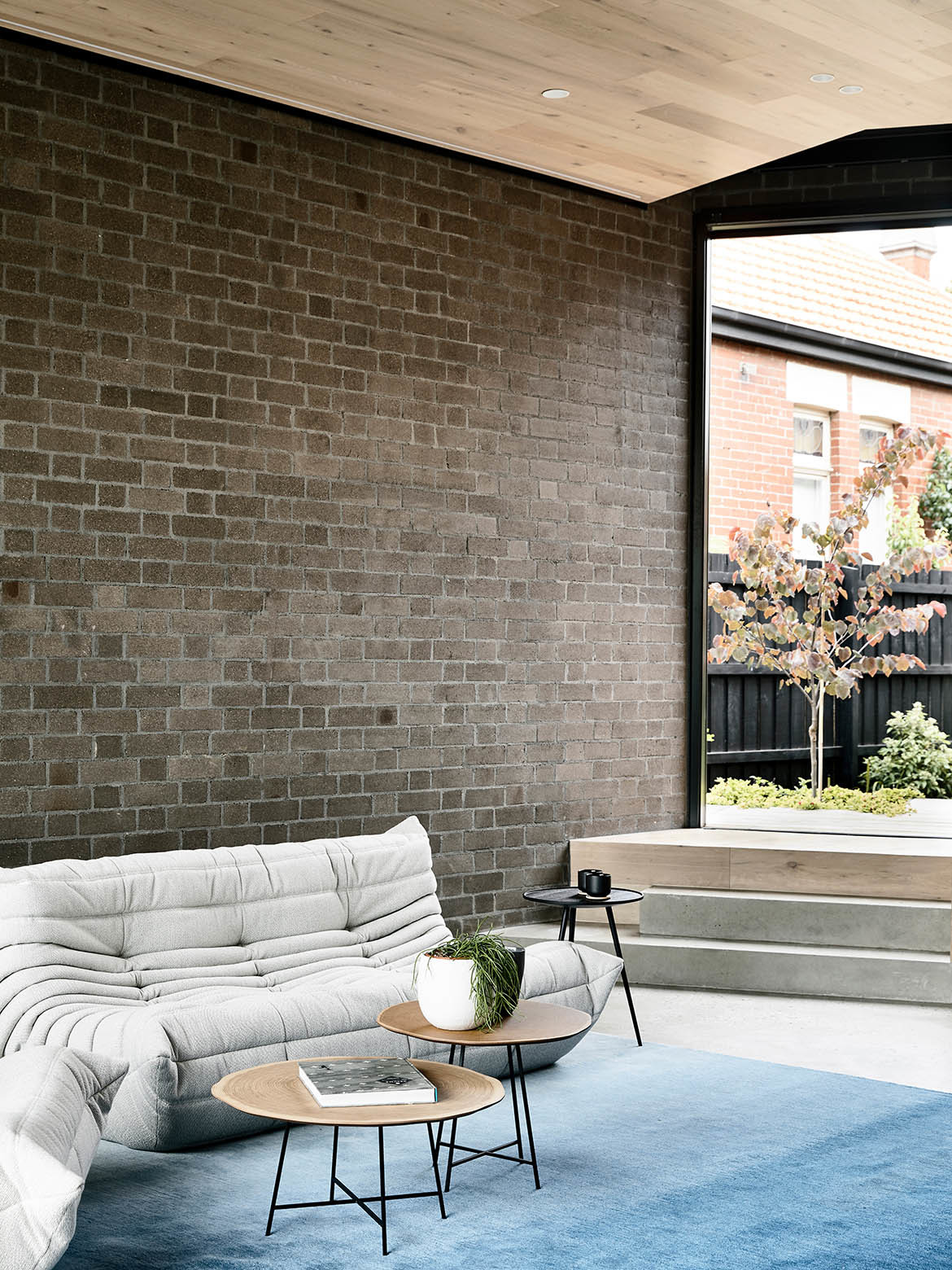
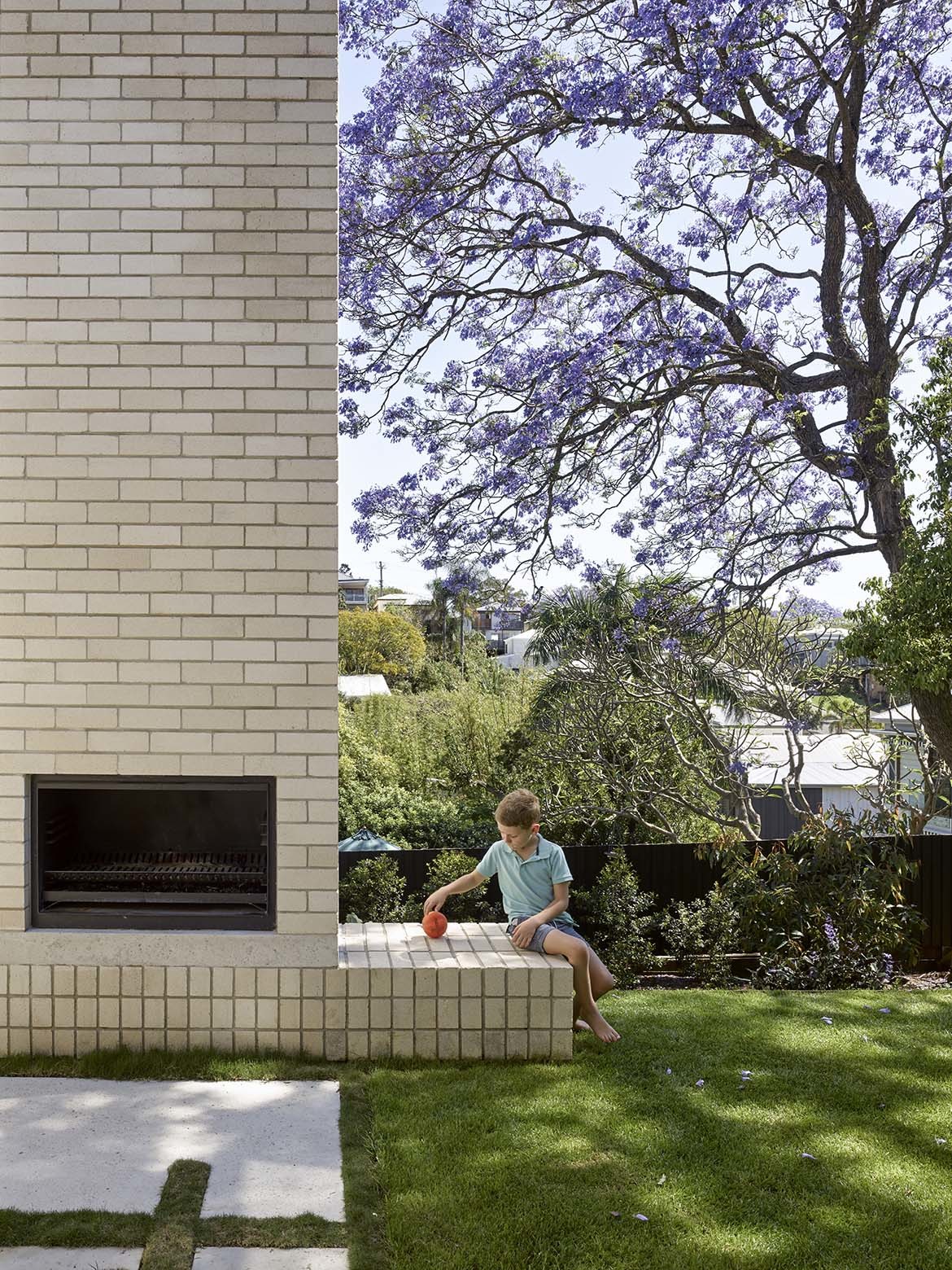
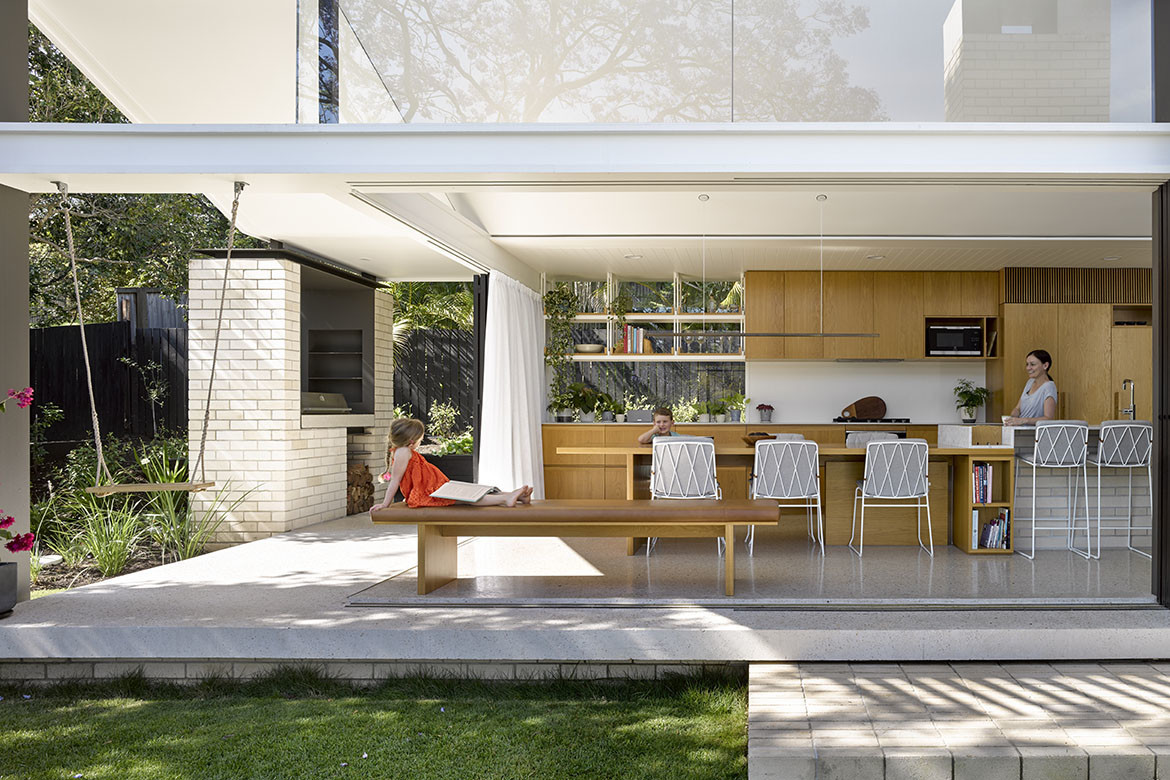
Stay tuned for the second of this two-part series on Bowral Bricks.

